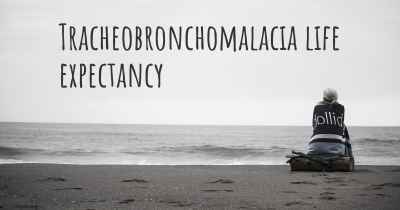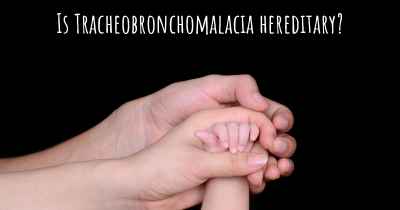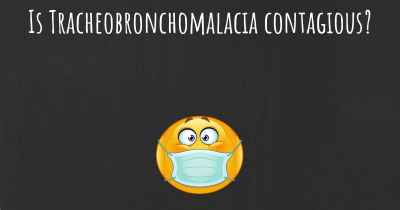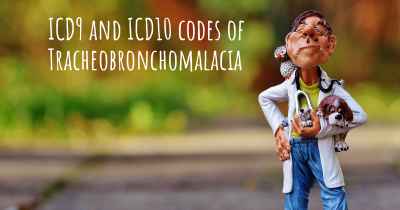What is the history of Tracheobronchomalacia?
When was Tracheobronchomalacia discovered? What is the story of this discovery? Was it coincidence or not?

Tracheobronchomalacia is a medical condition characterized by the weakening or collapse of the trachea (windpipe) and bronchi (airways). It is a rare condition that can affect individuals of all ages, from infants to adults. Tracheobronchomalacia can cause a range of respiratory symptoms, including difficulty breathing, chronic cough, and recurrent respiratory infections.
The history of tracheobronchomalacia dates back to ancient times, although it was not recognized as a distinct medical condition until much later. The earliest known reference to tracheobronchomalacia can be traced back to the ancient Egyptian civilization, where it was described in the Ebers Papyrus, an ancient medical text dating back to around 1550 BCE. The text mentions a condition called "wasting of the trachea," which is believed to be a reference to tracheobronchomalacia.
However, it was not until the 19th century that tracheobronchomalacia began to be studied and understood in more detail. In 1819, the French physician René Laennec, known as the father of modern chest medicine, described the collapse of the trachea and bronchi in a patient with chronic cough and difficulty breathing. Laennec's observations laid the foundation for further research into tracheobronchomalacia.
Throughout the 19th and early 20th centuries, several case reports and studies documented the presence of tracheobronchomalacia in patients with respiratory symptoms. However, the condition remained poorly understood, and its treatment options were limited. It was not until the mid-20th century that advancements in medical imaging and diagnostic techniques allowed for a more accurate diagnosis of tracheobronchomalacia.
In the 1950s, the development of bronchoscopy, a procedure that allows direct visualization of the airways, revolutionized the diagnosis and understanding of tracheobronchomalacia. With bronchoscopy, physicians could directly observe the collapse of the trachea and bronchi during breathing, confirming the presence of tracheobronchomalacia.
Over the following decades, further research and advancements in medical imaging techniques, such as computed tomography (CT) scans and magnetic resonance imaging (MRI), provided more detailed information about the structural abnormalities associated with tracheobronchomalacia. These imaging techniques allowed for a better understanding of the underlying causes and mechanisms of the condition.
Today, tracheobronchomalacia is recognized as a distinct medical condition, and its diagnosis and treatment have significantly improved. The condition can be diagnosed through a combination of clinical evaluation, imaging studies, and pulmonary function tests. Treatment options for tracheobronchomalacia depend on the severity of symptoms and may include medical management, such as bronchodilators and respiratory support, or surgical interventions, such as tracheostomy or airway stenting.
Research into tracheobronchomalacia continues to advance our understanding of the condition and improve treatment outcomes. Ongoing studies are exploring new diagnostic techniques, such as dynamic imaging modalities, and investigating potential targeted therapies to address the underlying structural abnormalities and improve respiratory function in affected individuals.








